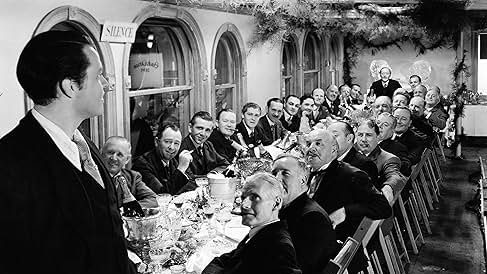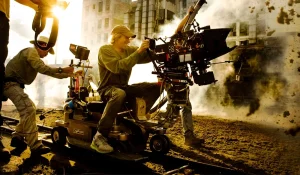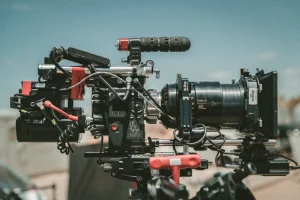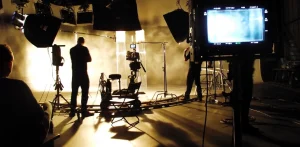Depth of Field (DoF) is the reason why in movies there are scenes where the background is blurred but the characters in the foreground look very sharp. DoF is not just a visual style to make it look cinematic, but also has an important emotional and narrative function. In the world of filmmaking, DoF is a visual weapon that can direct the audience’s attention to certain things, even without dialogue.
What is Depth of Field?
Simply put, depth of field is how wide an area in an image appears sharp. In a single frame, only part of it may be in focus, with the rest blurred. This blur isn’t random; it’s the result of a creative choice. Filmmakers intentionally decide what you should focus on and what should serve as a pleasant background.
DoF itself has two main types:
1. Shallow Depth of Field

Only a small portion of the frame is in focus. This is typically used for close-ups, showing character expressions, or creating emotional isolation.
2. Deep Depth of Field
Almost the entire area within the frame appears sharp. This is suitable for complex scenes with many important elements at once, as often done by Orson Welles in Citizen Kane.
Factors Affecting DoF
To control DoF, filmmakers must understand the following technical factors:
1. Aperture (Lens Opening)
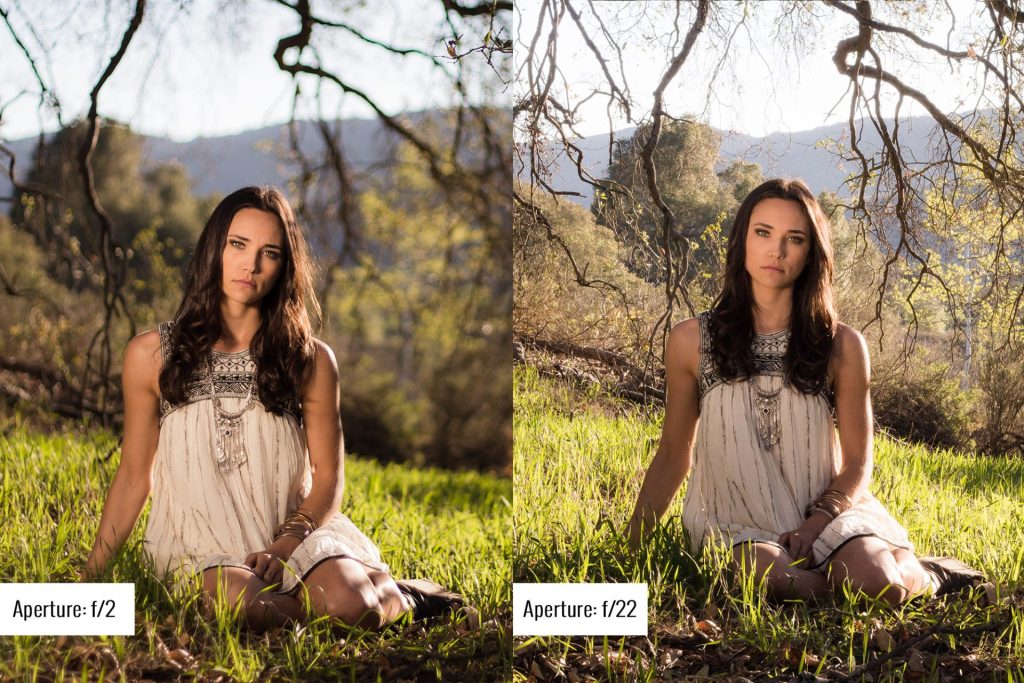
The larger the aperture (small f-number, e.g., f/1.8), the shallower the DoF. This is what causes the background to be severely blurred in many romantic movies or thrillers. Conversely, a small aperture (e.g., f/16) makes more areas (frames) sharp.
2. Distance to the Subject
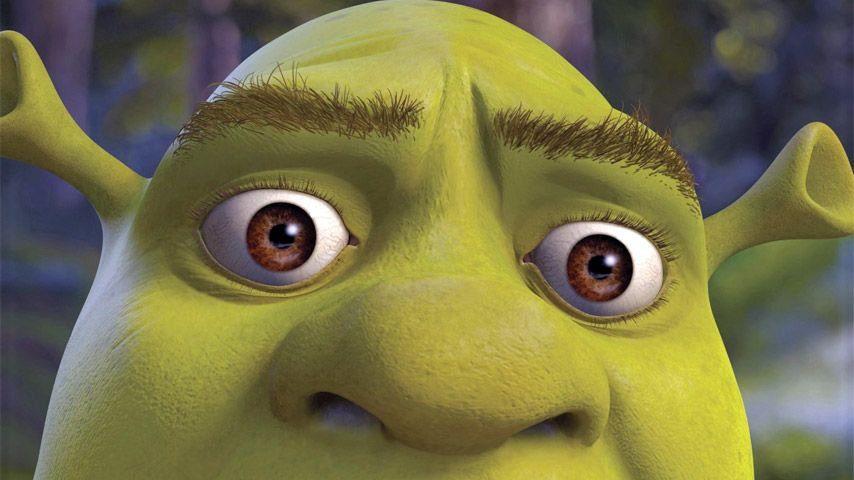
The closer the camera is to the subject, the shallower the DoF. That’s why in extreme close-up shots of an actor’s eyes, the background is completely blurred.
3. Focal Length
Telephoto lenses (long focal length) tend to produce a shallower DoF than wide lenses. This is often used for portrait shots or character studies.
4. Camera Sensor Size
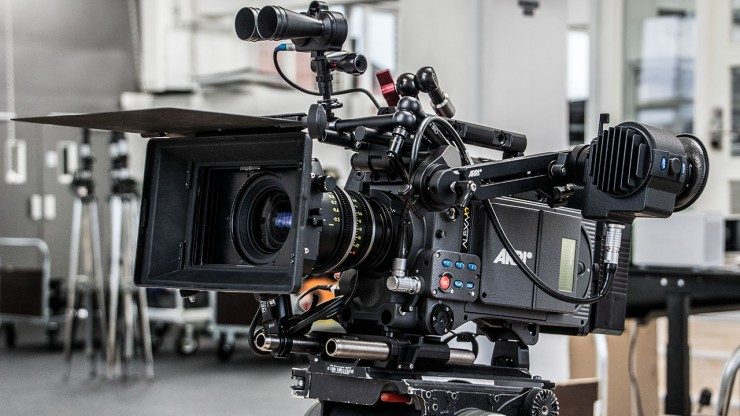
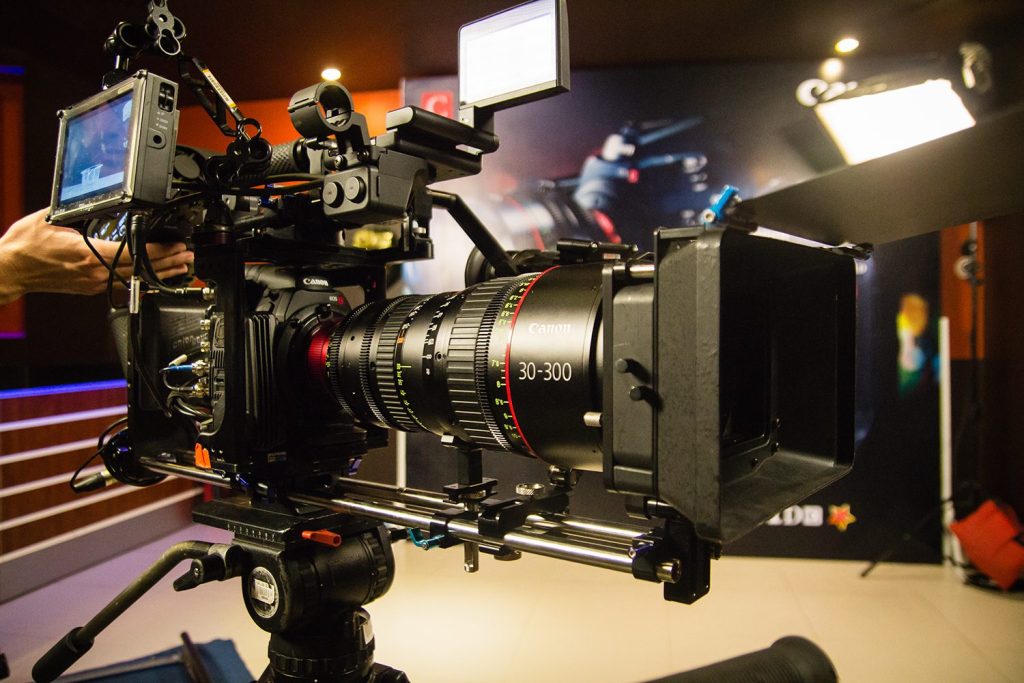
Cameras with large sensors (such as digital cinema cameras or 35mm film cameras) are easier to create shallow DoF than cameras with small sensors.
Why is DoF Important for Stories in Movies?
This technique is not just for cinematic style. DoF can help directors tell the audience what is important to see and what can be ignored. More than that, DoF can convey feelings.
For example:
1. Shallow DoF
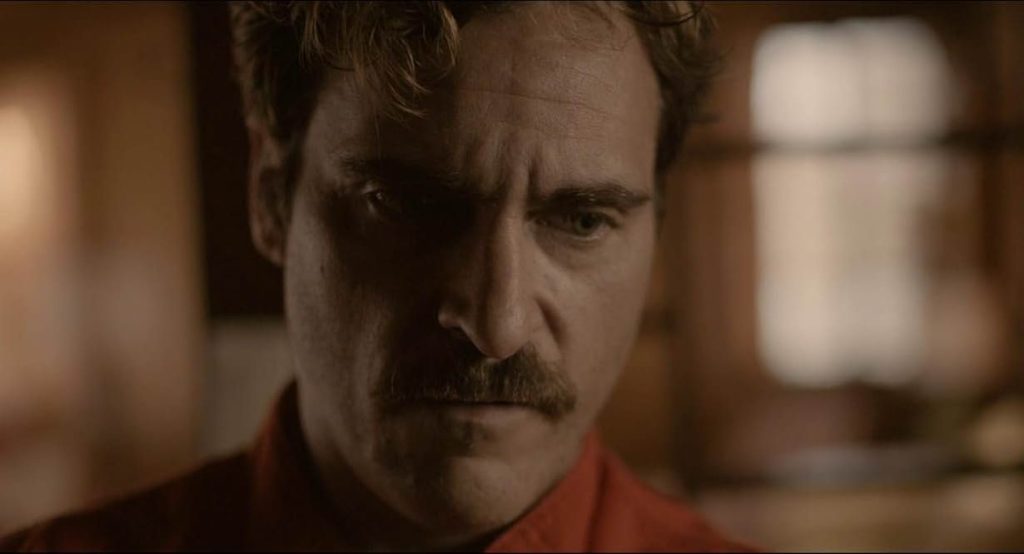
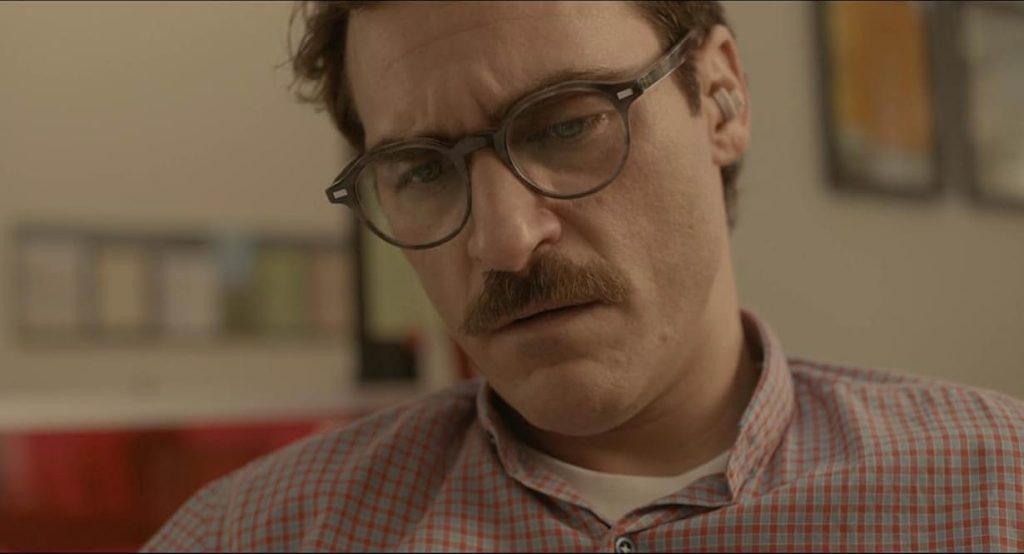

Depicts isolation, psychological focus of characters, or inner conflict. In the movie Her (2013), there are many close-ups with shallow DoF that reinforce the main character’s loneliness.
2. Deep DoF

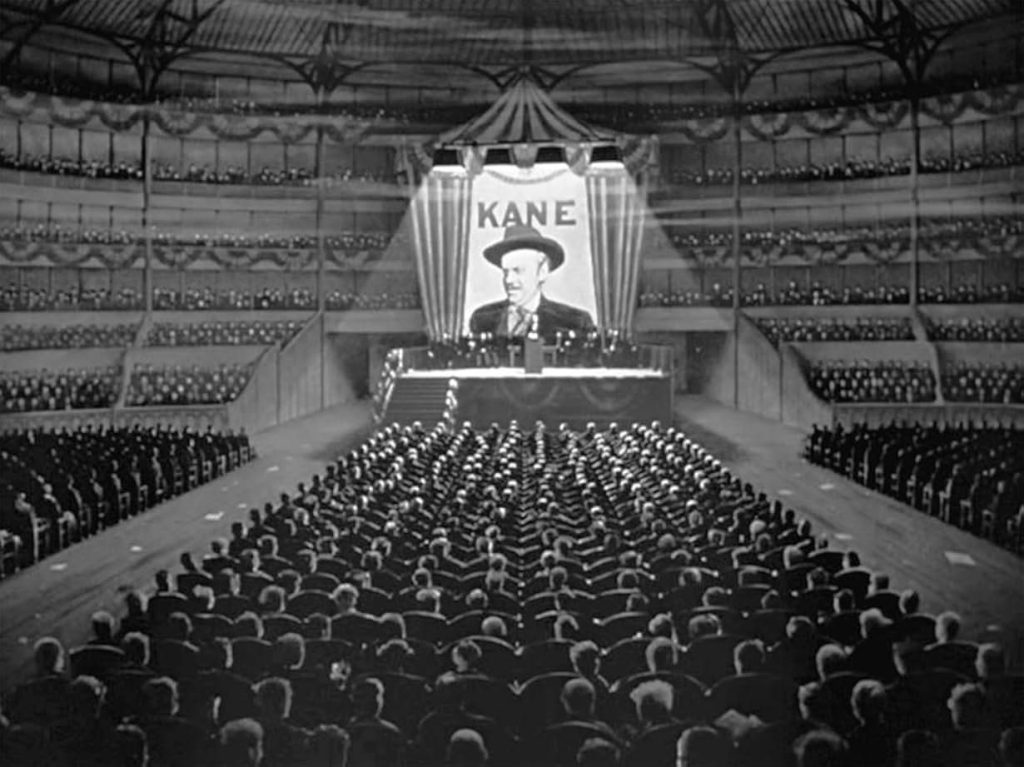
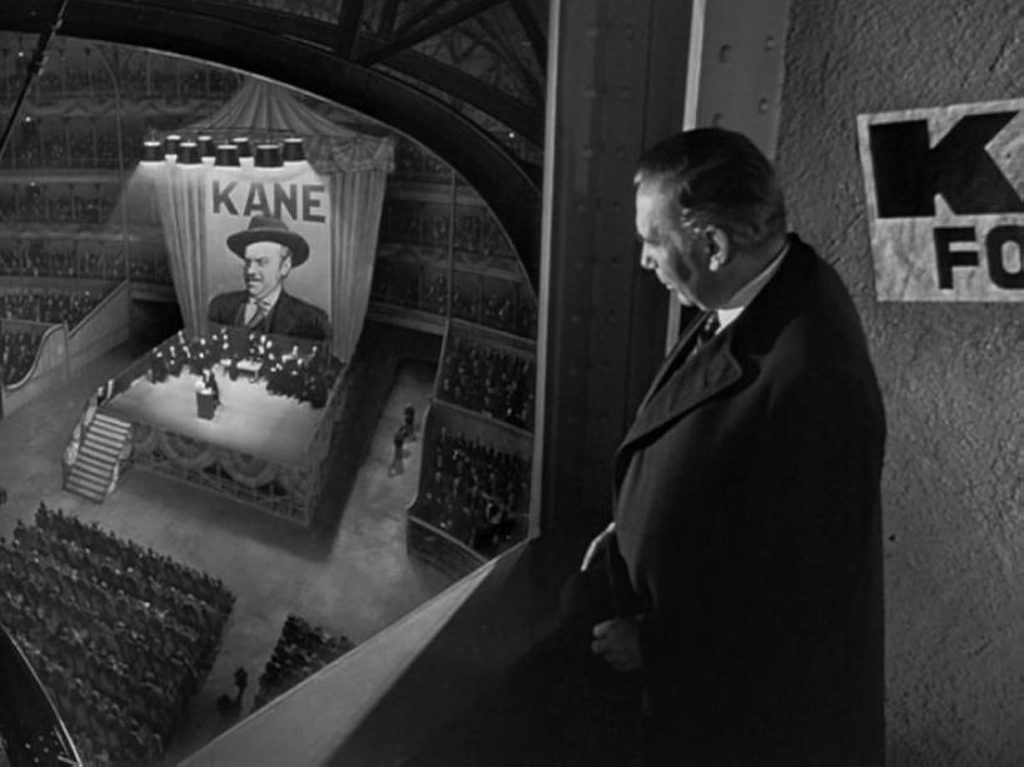
Enables multi-layer narratives. As in Citizen Kane, where the foreground, midground, and background all actively tell stories in the same frame.
Examples of Application in Movies
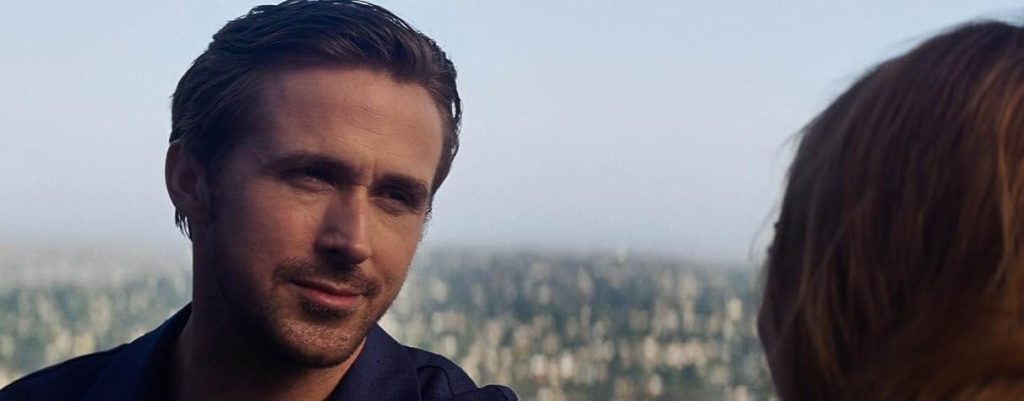
Many romantic moments between Mia and Sebastian use shallow DoF, making us truly “trapped” in their emotional space.
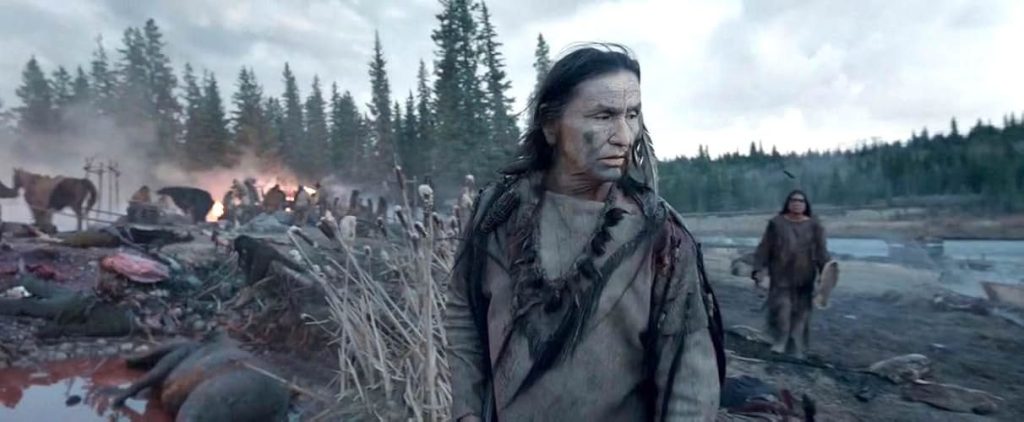
This movie uses wide lenses and deep DoF to show the harshness of the wilderness. Almost everything in the frame looks sharp, as if there is nowhere to hide.

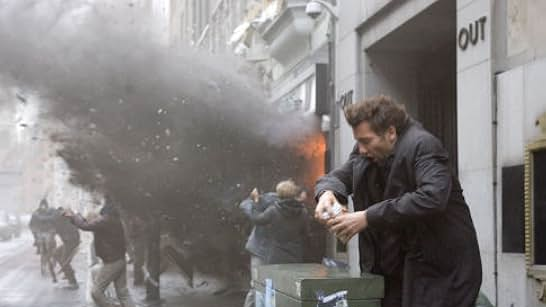
Uses flexible DoF to adjust the atmosphere. Some important scenes have selective focus, while action scenes tend to be deep to show the chaos of the environment.
Read also: 10 Types of Camera Angles & Their Effects in Movies.
DoF in the Smartphone Camera Era
Now, even cell phones can create DoF-style bokeh effects with portrait mode. But keep in mind: DoF is not just about blur effects. In movies, it is a storytelling tool. This means that blur is not just for looking cool, but to highlight the meaning within the frame.
When to Use Shallow vs. Deep DoF?
| Situation | Shallow DoF | Deep DoF |
|---|---|---|
| Deep emotion | ✔ | ❌ |
| A scene filled with action | ❌ | ✔️ |
| Want to focus on one character | ✔️ | ❌ |
| Multi-layer complex narrative | ❌ | ✔️ |
Depth of field isn’t just a camera technique. It’s a language. A visual language that can direct focus, convey emotions, and enrich the cinematic experience. For those new to filmmaking, understand DoF’s function as part of storytelling, not just as an effect. Because when the camera starts rolling, every blur and focus is a choice with meaning.

